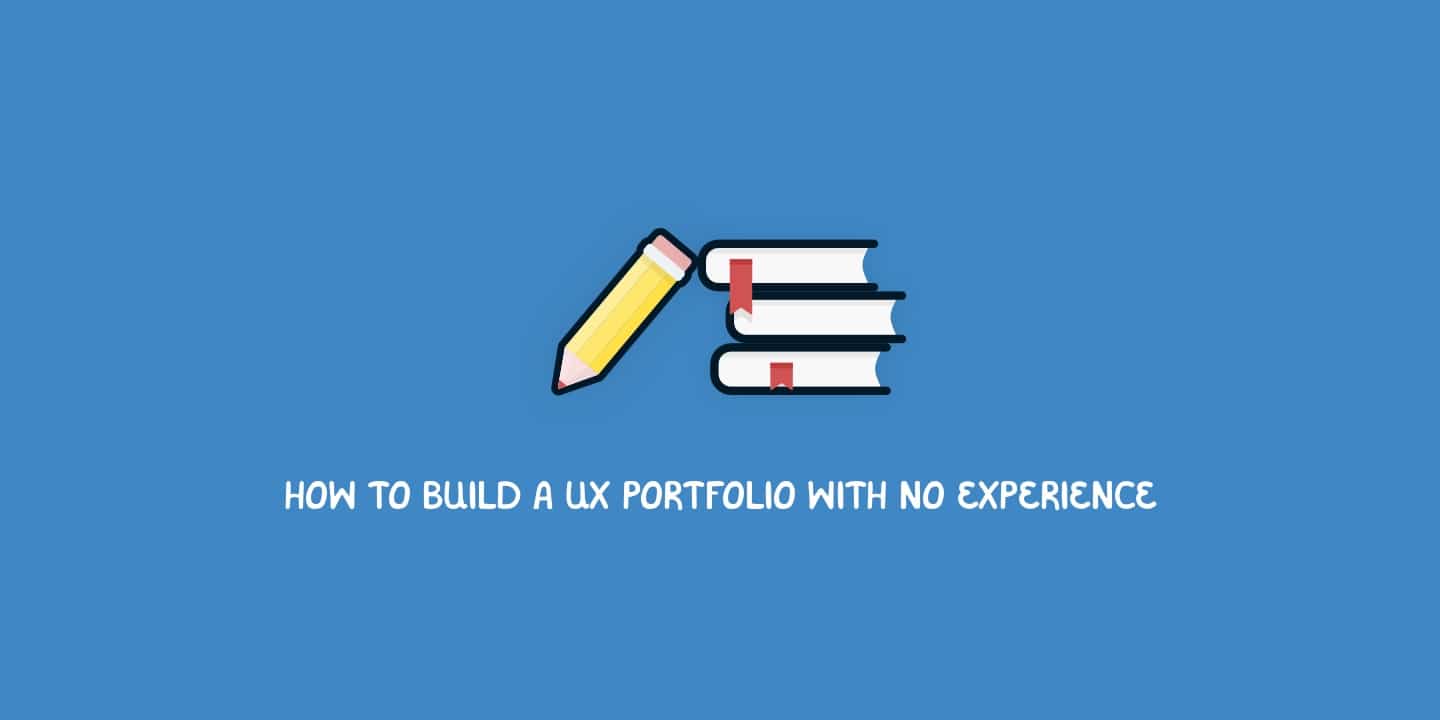👋 Great designs start with great feedback. That’s what Workflow is built for. Start today.
Home - UX Portfolio - How to build a UX portfolio with no experience
How to build a UX portfolio with no experience
Your portfolio is a showcase for the experience that you have as a UX designer. Yet, how can you create such a portfolio if you have no experience? It is a common question among junior designers. Luckily, there’s a clear answer that can help you out.
- Updated on September 3, 2022

It is a common misconception that you either can have no experience at all or that you cannot build a UX portfolio without having any experience.
The thing is, you always have design experience in something. If you are a designer or if you want to become a designer you always have your education and the work you did in regard to your education.
Table of Contents
How to build a UX portfolio with no experience
To build your UX portfolio without any experience you first need to get a firm grip on what ‘experience’ actually is. Now, if you’re new to the field of design it could be that you don’t have any educational history but that doesn’t mean you don’t have experience.
However, there’s more than just your formal education that could have yielded some concrete experience for you. Maybe you’re thinking about joining a UX bootcamp or online course. These often let you practice with a real-world UX case study. That is something that absolutely counts as UX design experience. This case study can be the first of many that you will add to your brand new UX portfolio.
There’s something that triggered you to become a designer. Maybe you have an eye for design. Explain why you want to become a designer in the about you section of your portfolio. Maybe you just like to draw. You can always use your drawings in your portfolio.
Add designs you already have to your portfolio
You don’t have to build a UX portfolio with case studies that are based on professional working experience. The beauty of a great portfolio lies within its character and how you create that is up to you.
You have more experience than you might think. This could be anything from drawings you like to make in your free time to a logo you made for your uncle’s blog. Your portfolio doesn’t have to consist of projects you did for paying customers. It is about what you do as a designer. That can be anything.
It is very important to keep in mind that you’re either a junior designer or aiming to become one. It is unreasonable for clients or potential emplyers to expect anything more than that from you. That includes your UX portfolio, how you build it, and the amount of experience you have. Everybody started somewhere. So do you.
Build UX portfolio experience through your network
Now that you’ve added some of the work you did previously to your portfolio it is time to add new design work. Since you do not have any working experience it can be difficult to add projects to your portfolio. Or so it seems.
Not to worry. What you can do instead is go and contact local shops in your city. Call them and offer them your design services. You’re going to be surprised how often you’re going to get a ‘yes’ from your phone calls.
Before you even know it, you might have managed to get two small projects this way. These two projects then become an important part of how you build your UX portfolio. It just might be enough to help you land your first UX job.
Here’s a bonus tip in regards to building a UX portfolio with no prior experience present. After you’ve completed your work, ask your client if you can write a case study on the work you did for him.
In most cases, your clients will feel honored and happy to support you in this. If you’re lucky you can get a nice testimonial as well. This applies to previous work as well.
Always ask your client for feedback after completing a project. It looks good on your portfolio and the feedback can help you improve also. It is a win-win situation.
Create your own portfolio projects
Here’s our final tip on building a UX portfolio when you have no experience. A great way of coming up with portfolio content is by creating your own case study. You can use tools like sharpen.design to give yourself challenges, you can create a redesign of a product or service that you like, or you could join a UX bootcamp.
As mentioned before, most bootcamps give you the opportunity to work on a real-world case that can serve as an excellent kickstart for your UX portfolio.
Further reading
That’s about it in regards to building your UX portfolio with no prior experience. As you can see, there are some actionable tips and tricks available to you. Things weren’t as bad as their seemed.
In case you were wondering, there is more you can do. Once you have the basics of your portfolio down, it is time to share your work with the world. Platforms like Dribbble and Behance are excellent places to start.
If you’re interested in where to go from here, we have a post on how to create your UX portfolio in general that will be of use to you.
👋 Turn good design to great design, with feedback you actually need. Get it on Workflow.

About the author
Hi! I'm Nick Groeneveld, a senior designer from the Netherlands with experience in UX, visual design, and research. I'm a UX coach that supports other designers and have completed design projects in finance, tech, and the public sector.
☎️ Book a 1:1 mentor meeting or let's connect on LinkedIn and Twitter.



